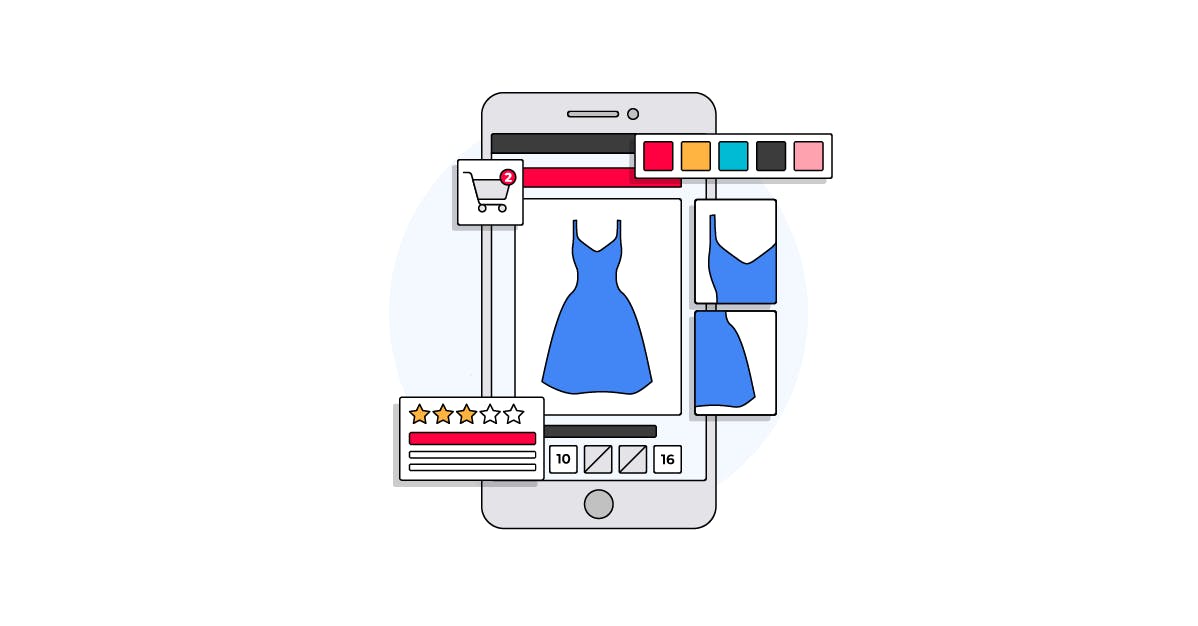An exceptional ecommerce experience will be essential for fashion brands as they emerge from lockdown – but what can they do to engage new customers online?
As we move into the summer months and lockdown restrictions ease, the need for buying new clothes has returned. After a spike in sales for loungewear over the last three months, demand for summer clothing and formal outfits is expected to surge as people start to make plans for their summer holidays and prepare for their return to the office.
But although brick-and-mortar stores are now back open for business, the high street shopping experience is very different. There are many new, strict guidelines that retailers must adhere to – including enforcing a one-way system and observing social distancing. This means only a limited number of people are allowed into a store at any one time and customers are unable to make a beeline for items that take their fancy. Also, they are no longer able to try items on in store – which removes one of the biggest USPs of buying apparel offline.
In a nutshell, there is little about this new shopping experience that caters to convenience. With 17.2m Brits planning to switch to online shopping permanently, offering an exceptional ecommerce experience will be essential for omnichannel and pureplay fashion brands as they leap from lockdown.
Engaging the novice online shopper
Undoubtedly, the pandemic has changed the perceptions of many consumers with regards to online shopping. With lockdown removing the choice between online and offline for non-essential purchases for months, reluctant online shoppers have been introduced to a new way of purchasing clothes, and the benefits of trying things on in the comfort of their home.
To help these novice shoppers grow more used to purchasing apparel without seeing it in the flesh, replicating key benefits of high street shopping will be key. This can be achieved by implementing social proof features such as customer reviews, user-generated content and crowdsourced guidance. This allows shoppers to feel more confident in making a purchase without being able to physically touch the product or speak to salespeople.
For example, In The Style uses selfies taken and posted on social media by its customers on the product detail pages to show the products in real life and on a variety of body shapes and sizes.
In a similar vein, Asos’ “See My Fit” uses AR to show how a style can look on models of different sizes and body shapes.
Another tactic for building confidence in shoppers that are new to online buying is to deploy a social proof widget revealing how often an item has been browsed and purchased within a certain time frame. This can give the customer an idea of what’s popular and likely to be a successful purchase.
Converting the new customer
Covid-19 not only introduced more consumers to online shoppers, it also had a detrimental impact on customer loyalty. Forty three percent of online purchases in April were made by first-time buyers, so shoppers who bought from this particular store for the first time. To re-engage these shoppers and turn them into repeat customers, it’s important to use the data collected about the customer to tailor website content to individual preferences. This helps returning customers find the things they like on the site more quickly and easily, for example by personalising the homepage by gender based on the previously viewed product categories.
Personalisation can go as far as making recommendations based on the shopper’s individual budget or suggesting items that have been previously viewed by the shopper that are now on sale.
US app-based shopping platform The Yes highlights some exciting further use cases for real-time personalisation. The platform offers a product catalogue of items from a range of fashion companies, and when a shopper designates a “yes” to a style they like, then similar products will appear higher in their personalised feed. By asking those who sign up to answer a range of questions, the algorithm quickly learns about the customer and updates content based on their direct interaction with the catalogue.
Fashion ecommerce is receiving investment
The pandemic accelerated the trend to ecommerce and queuing and hyper-awareness of potential health risks will not contribute to a quick recovery of the high street. Even though fashion brands and retailers will be expected to do more with less budget and resource over the coming months, there’s real opportunity for online businesses. Now is the time to perfect the online experience for shoppers to ensure sustained growth in the long term.







